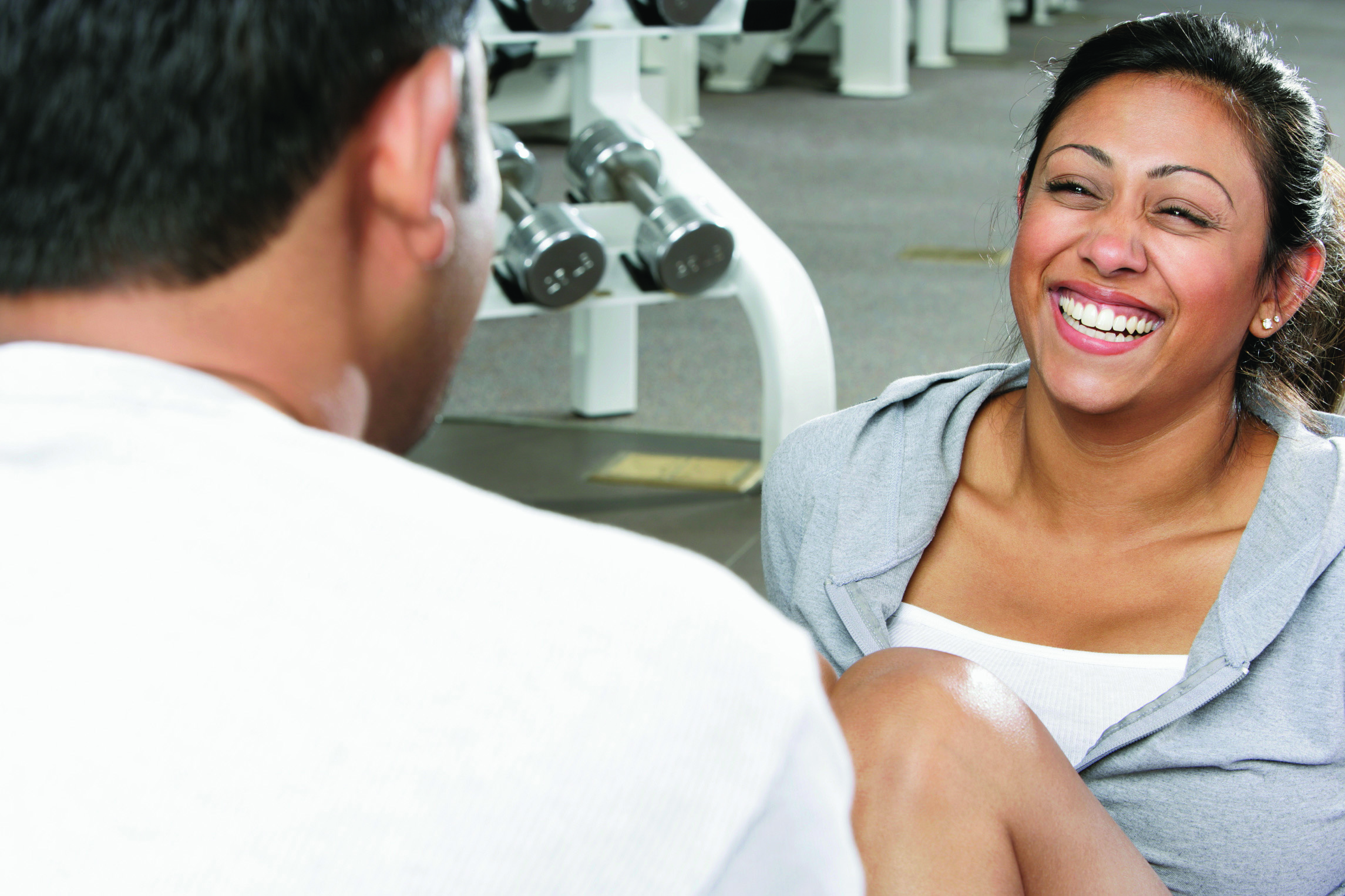Common questions about spine injuries
What habits or activities can put your spine at risk for injury?
Although occupations or activities that require repetitive heavy lifting and bending can increase the risk of back pain, many people experience spine issues in the absence of such risk factors. A sedentary lifestyle and excess body weight may produce or exacerbate back or neck problems. Smoking, poor posture, and a non-ergonomic work space can also be detrimental to the spine and contribute to disc degeneration. While some risk factors may be minimized with activity or lifestyle modifications, others cannot – certain back and neck problems (e.g., scoliosis and degenerative disc disease) have a genetic component. Likewise, the wear and tear associated with normal aging may also lead to spine issues.
What are signs that you may have caused injury to your spine?
Sudden and sharp pain in the back or neck during physical activity is a sign to rest until symptoms abate. Ice, heat, and non-steroidal anti-inflammatory medications can be helpful for persistent aches and pains. If symptoms are severe or don’t steadily improve with time, it is best to seek a medical professional's opinion.
Debilitating back pain with sciatica may represent a disc herniation and should prompt more rapid medical attention, especially if there's weakness in your legs. If you develop numbness around your genitals, inability to urinate, or loss of bladder control along with back and/or leg symptoms, this could represent critical nerve compression and necessitate an immediate trip to the emergency room to reduce the possibility of permanent nerve damage.
What preventative steps/measures can one take to avoid spine injury?
Addressing controllable risk factors is the first priority. Keep your weight within a healthy range, for example, don't smoke, and make sure your work area is ergonomically arranged.

Traditionally, we have been taught to stretch prior to physical activity, but scientific literature on the subject is relatively limited. Some evidence suggests that stretching before exercise reduces the risk of muscle strains but has no impact on the development of overuse injuries. Current best practice suggests the following: 1) warm up, 2) stretch, 3) exercise, 4) stretch. Stretching after physical exertion while muscles are warm and pliable is a great way to boost overall flexibility and keep your spine mobile and nimble. Stretches might include prone extensions, cat-camels, bridges, and seated twists. Hamstring flexibility also helps maintain a healthy back, as hamstring tightness may transfer more stress to the lumbar spine during bending and lifting activities. Finally, strengthening core muscles helps stabilize the spine – many people focus solely on the abs, but the paraspinal and other trunk muscles are just as important.
My child is interested in lifting weights to boost her / his performance in sports. Is this safe?
Research suggests that it is safe for children to participate in light weightlifting after age eight. Rather than rack up the pounds and aim for full muscle fatigue, however, kids should use relatively light weights with high reps – they should be able to perform 8-15 at a given weight without significant struggle. Lastly, form is important above all else – a competitive spirit is good, but sacrificing form in pursuit of personal records may result in injury to the spine or other body parts.
